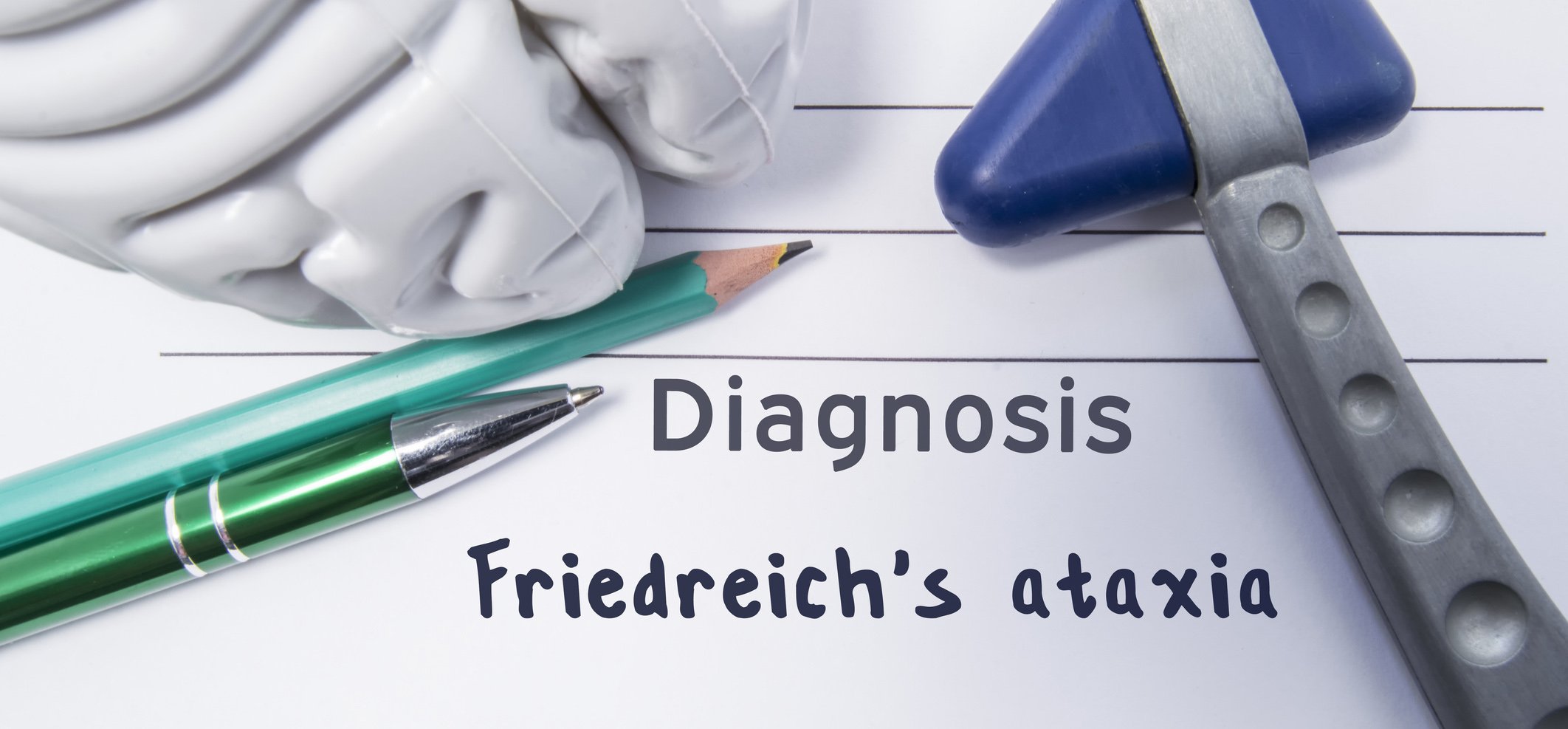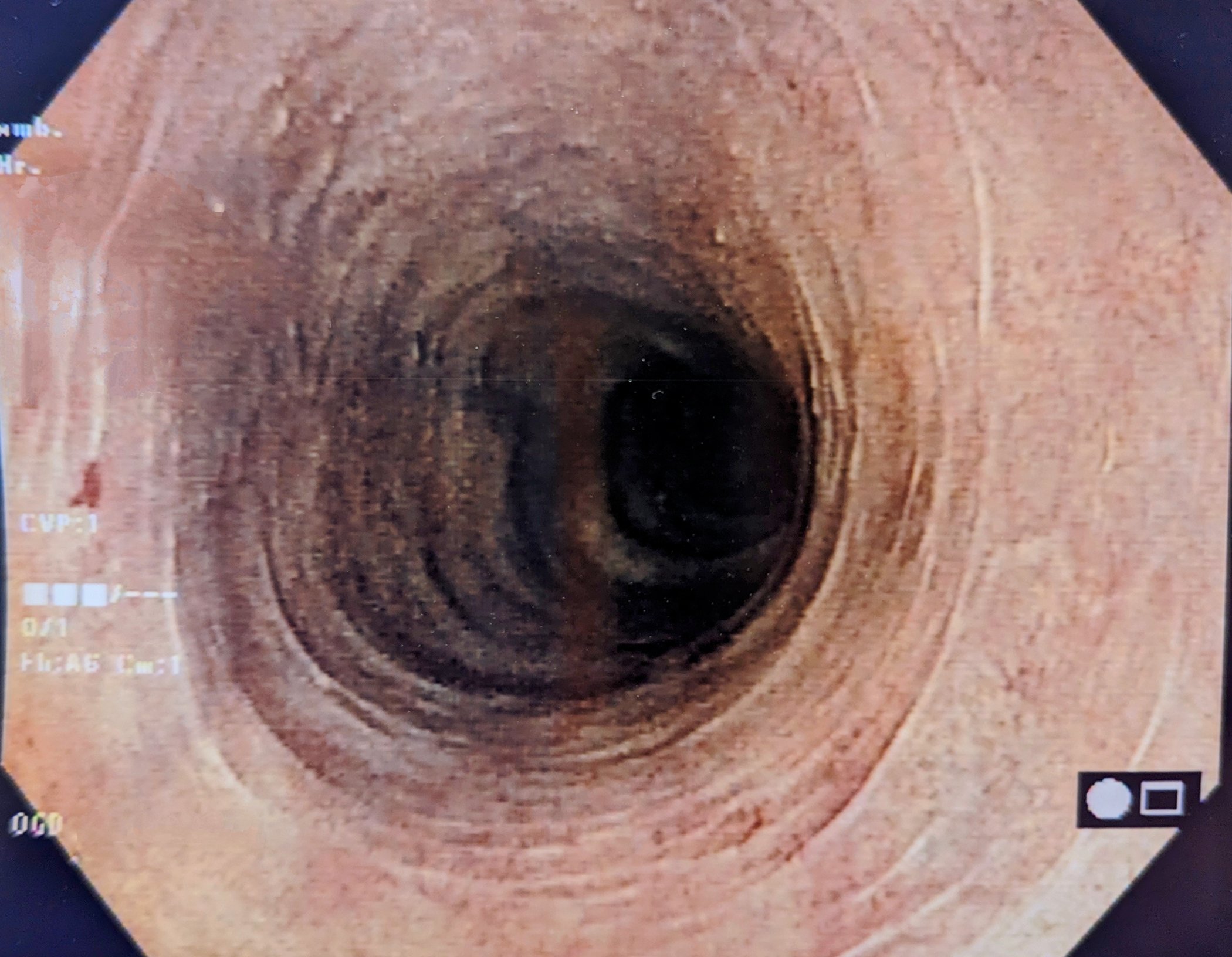The treatment of obesity and type 2 diabetes is increasingly shifting to newer incretin drugs, including GLP1 receptor agonists (single agonists such as semaglutide) and GIP- and GLP1-RA (dual agonists such as tirzepatide). However, there is still a need for stronger and more selective therapies with a better effect and minimized side effect profile. In the mouse model, the quintuple agonist GLP1:GIP:PanPPAR shows promise.
Autoren
- Jens Dehn
Publikation
- InFo DIABETOLOGIE & ENDOKRINOLOGIE
Related Topics
You May Also Like
- Participation of the patient
Adherence in psychiatry
- AI in neurology
Control instead of a flood of data: AI makes big data and wearables usable
- Eosinophilic esophagitis
EoE rarely occurs in isolation
- Lung cancer with EGFR mutation
New perspectives in first-line therapy
- Sleep disorder
Sleep medicine in transition: new goals and a reassessment of old hypnotics
- Ginkgo biloba extract in the Alzheimer's mouse model
Effects on disease-associated microglia subpopulations
- "Patients W.A.I.T Indicator"
Access to medicines – how does Switzerland compare across Europe?
- Osteoporosis











